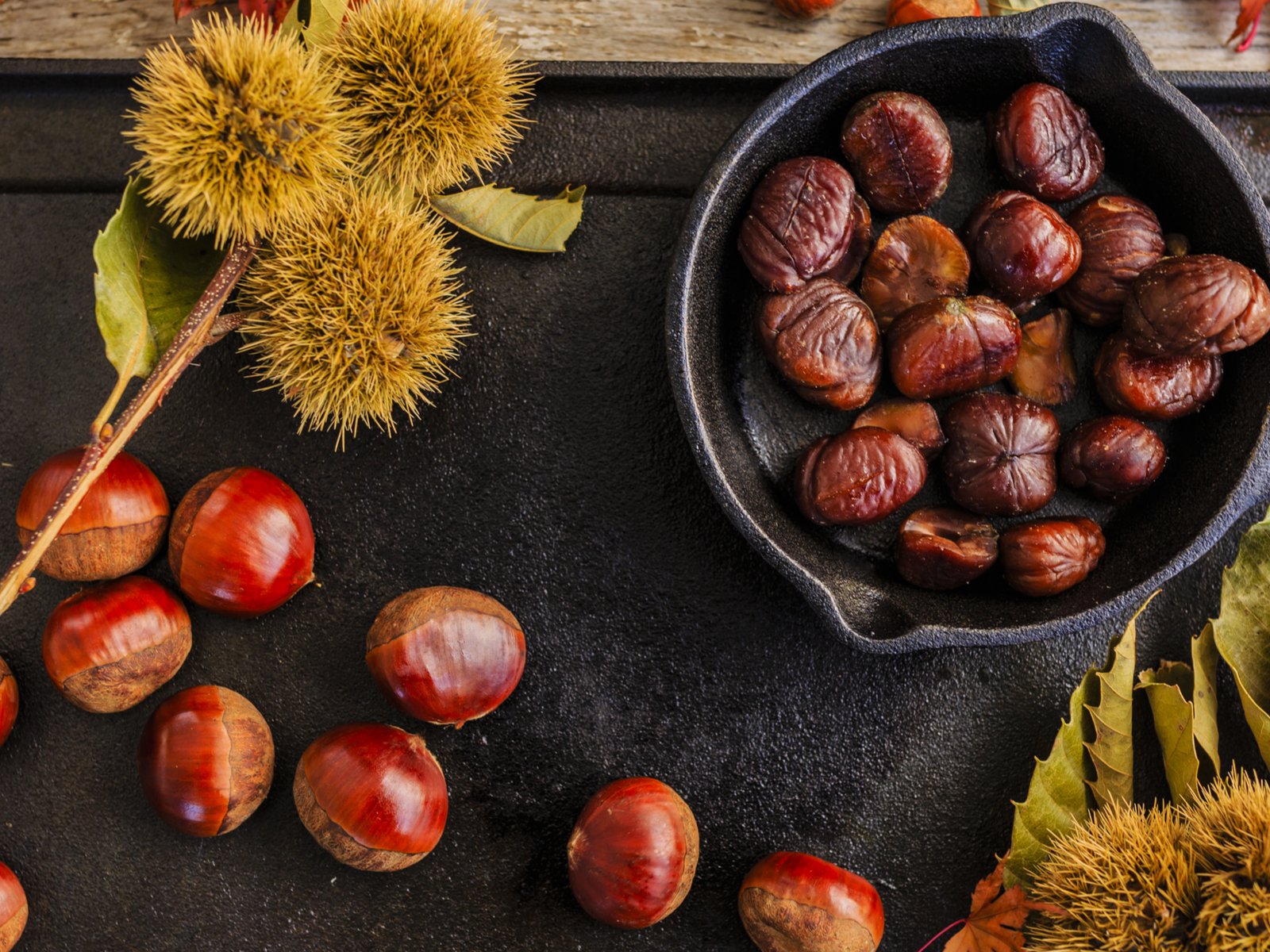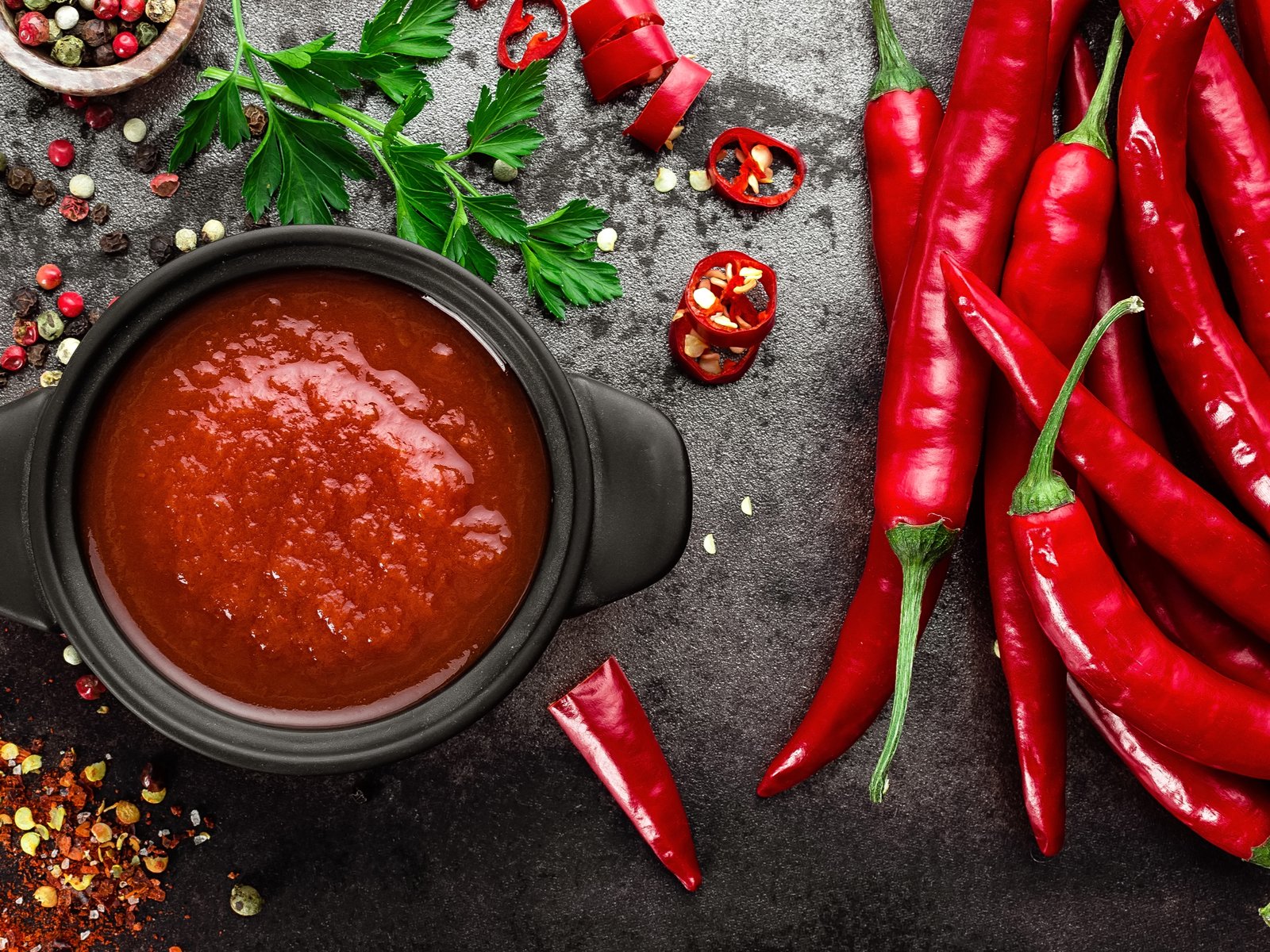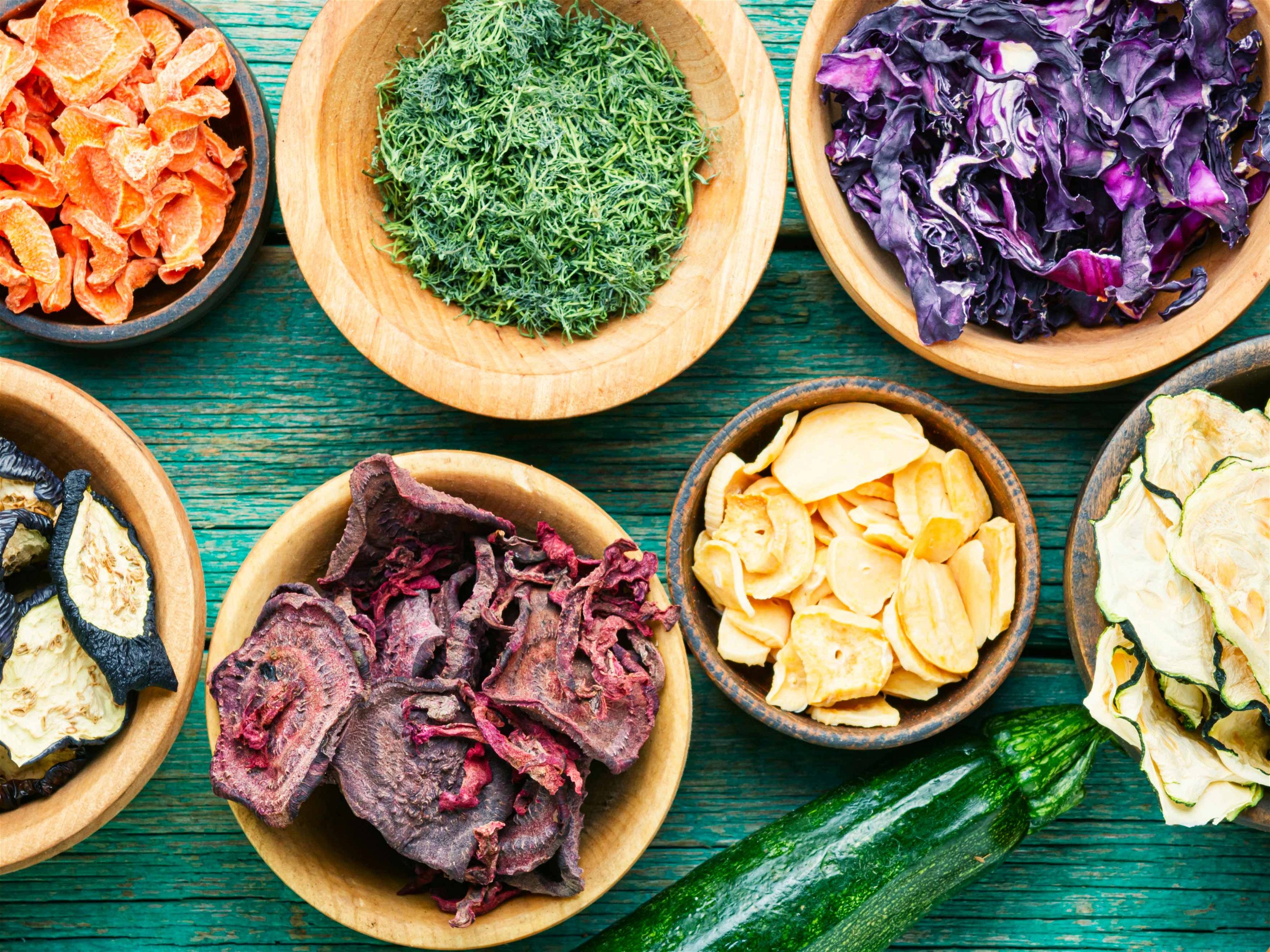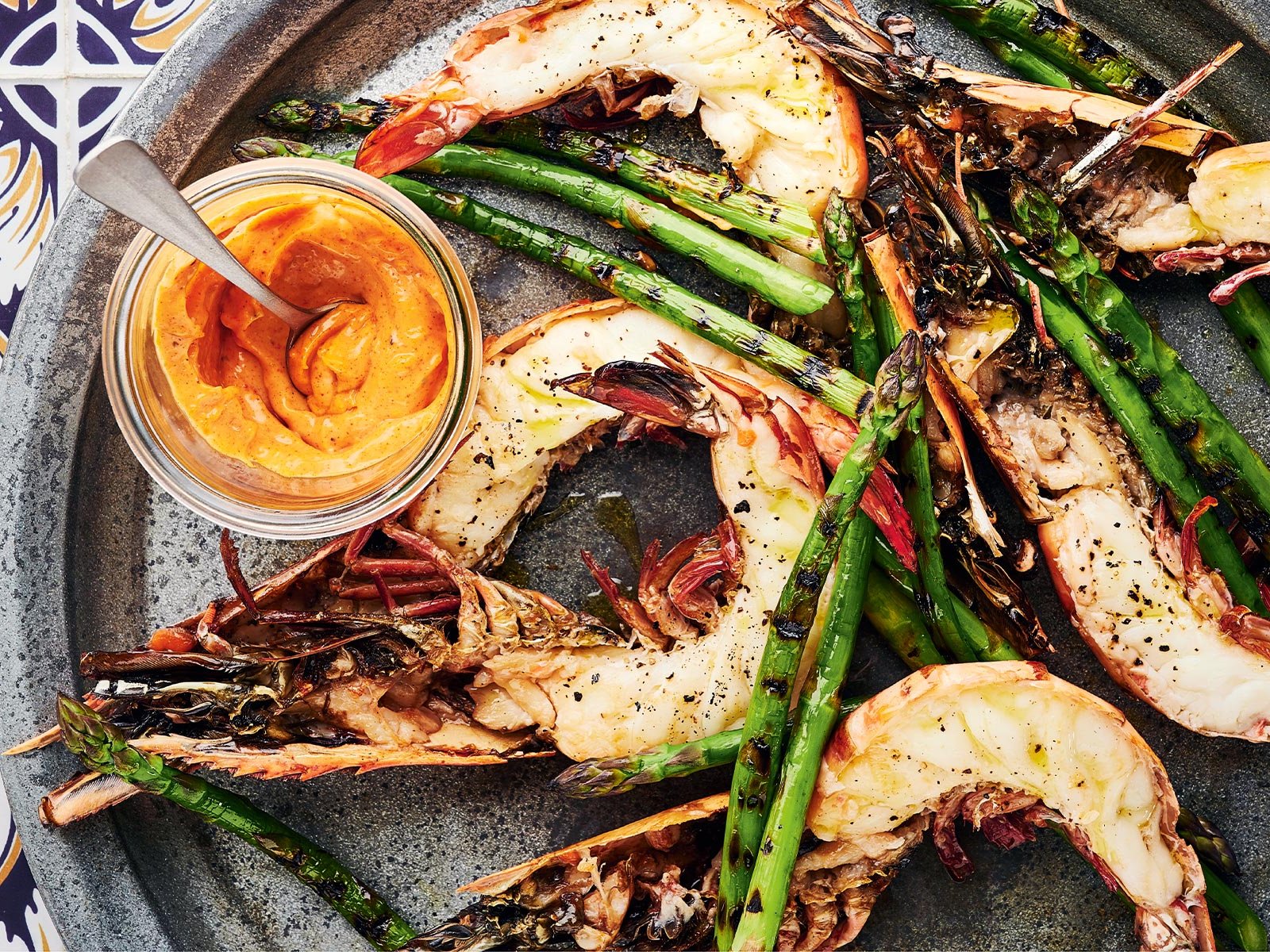Six Alternative Grains Beyond Wheat
Rice, wheat, corn, barley and oats are ubiquitous grains – and quinoa has also become mainstream. But there are others worth exploring – here are six of the best alternative grains.
Chefs, millers, and bakers are mad for alternative, often ancient grains. It is a worldwide phenomenon – a growing commitment to championing endemic ingredients whether Peruvian quinoa and amaranth, Ethiopian teff, or Nigerian sorghum, an interest in keeping these recovered crops alive for future generations.
What’s more, by embracing such traditional, once neglected seeds, we are encouraging more sustainable food systems and giving better consideration to nutrition. The more nutritionally savvy among us are aware that eating a greater variety of foods is desirable, especially wheat alternatives even if we are not coeliac. Not only do many of the heritage grains provide a higher nutrient density, they also satisfy our craving for diversity of texture and flavour.
Einkorn
The ‘original wheat’ dating back to neolithic times – 7,500 BC – einkorn has 30% more protein and 15% less starch than commercial wheat, along with vitamin B and multiple minerals including iron. Today, einkorn grows mainly in France, Morocco, Turkey, and throughout much of the former Soviet Union.
It can prosper in terrain unfriendly to other plants. It has tighter husks and smaller grains than modern wheat, which help it survive more challenging growing conditions. Einkorn flour imparts a deep, nutty, toasty dimension to flatbread and pancakes.
Whole einkorn grains are similar to regular wheat grains and have a pleasing crunch when heated and popped. They can be soaked, cooked like rice, and made into a salad. Although einkorn is tolerated by some with gluten sensitivities, it is not suitable for those with coeliac disease.
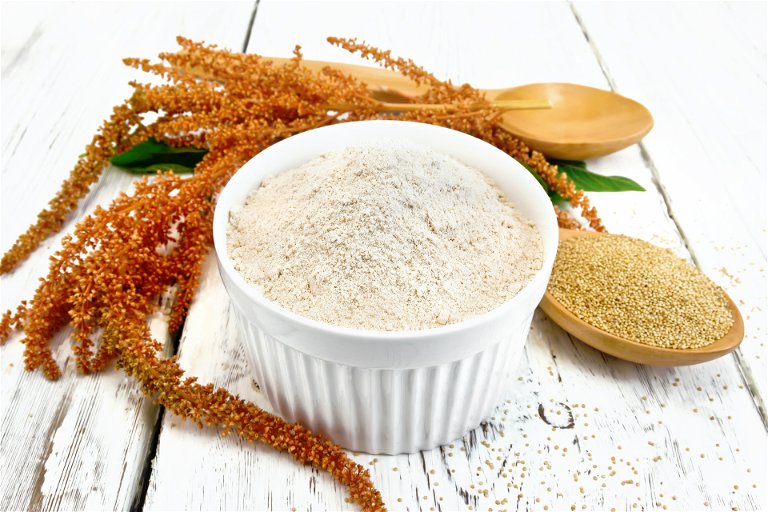
Teff
Teff is a tiny grain, the smallest in the world, and, technically a grass seed, which packs a huge punch. Its tiny size belies its substantial nutritional weight: it is rich in iron and calcium as well as being gluten-free and extremely tasty. Many of Ethiopia's famed long distance runners credit teff for their endurance. It is a staple ingredient in both Ethiopian and Eritrean cuisine, often turned into flour, and essential in the baking of injera, large flatbreads with a crumpet-like spongy texture.
Being so miniscule, teff is more difficult to harvest which is reflected in its higher price. Yet the seeds produce a harvest proportionally hundreds of times greater than other staple grains. To use teff as a seed-like sprinkle on soup, vegetables or just about any occasion where some added healthy crunch is desirable, cook it in a 1:1 teff to liquid ratio. It may be toasted first in a dry pan to release a more pronounced nutty aroma. For a creamier dish such as breakfast porridge or pilaf, increase the amount of liquid to teff 1:4 and simmer until all the liquid is absorbed. Let the teff stand off the heat, covered for about five minutes, then fluff it with a fork like quinoa or couscous.
Khorasan or Kamut
Prized for its nutritional value, ease of digestibility, sweet, nutty, buttery taste, firm texture and golden colour, Khorasan is named after the Iranian province where the grain was first known to grow. It is an excellent source of protein, fibre and many vitamins and minerals, notably selenium. It has also been called ‘King Tuk’ wheat, a name stemming from a rumour that the grains were found in the famous ruler’s tomb.
It is a larger, longer grain with a slight hump on one side and, hence, sometimes called the camel grain. Khorasan flour makes for a great pizza crust, is often made into pasta, pancakes or waffles. Whole grains are good in a salad used similarly to quinoa. It is also used in brewing.
Amaranth
Amaranth was originally grown and harvested by the Aztecs as their staple food and used for rituals. They believed amaranth had supernatural powers and called it the "food of immortality". It is referred to in such terms in both Aesop’s Fables and Milton’s Paradise Lost. Perhaps unsurprisingly, amaranth was regarded suspiciously by the Spanish conquistadors and became all but extinct.
Now, however, protein-rich, visually striking, drought-resilient amaranth with its bright crimson leaves is again flourishing in Mexico and Central America as well as in China, Southeast Asia and Africa where its leafy greens are often enjoyed as a vegetable. Strictly speaking, like quinoa, it is considered a pseudo grain and not a true cereal grain, and is distantly related to spinach.
An amaranth plant produces multiple seed heads, each of which can yield up to 5,000 seeds. Amaranth has recently been shown to be efficient at fixing carbon in high-temperature and low-moisture environments, prompting considerable renewed scientific interest amid global warming. Amaranth is sandy coloured and has a mild, more malty, gently nutty taste. Cook amaranth with liquid in a ratio of 1:2, bring to the boil, reduce heat to low, and simmer for about 15 minutes or until all water is absorbed to make a polenta-like dish or porridge. It is often cooked alongside other less absorbent grains as it plumps up and gels rather like chia seeds.
Today, most Mexicans consume it in a snack bar called alegria which translates to ‘joy’. It is basically popped amaranth mixed with raw cane sugar. Amaranth is probably best enjoyed popped and, as well as making a more nutritionally rich popcorn, it makes a great tabbouleh.
Sorghum
Originating in Africa where it is still eaten widely, sorghum became an important crop for African-American families in the southern US, particularly for sorghum molasses. As culinary historian Michael W. Twitty explains n his book The Cooking Gene: A Journey through African American Culinary History in the Old South, sorghum is a good example of inculcating Africa through its ingredients.
But sorghum has also become a boutique, on-trend ingredient. It is suited to flatbreads as it is hard to get its dough to rise, so it is often used in roti. The whole grains have a chewy bite, sweetness and a subtle nuttiness rather reminiscent of parsnip. It can be used like couscous or cooked as a risotto as it becomes creamy.
For salads, rinse off its starchiness and cook like pasta in lots of boiling water and salt until just tender, then mix with olive oil before adding more ingredients. Popped sorghum can be used in a dukkah-style mix of spices: coriander and cumin with sesame seeds and cashews for a distinctive topping for avocado toast or eggs.
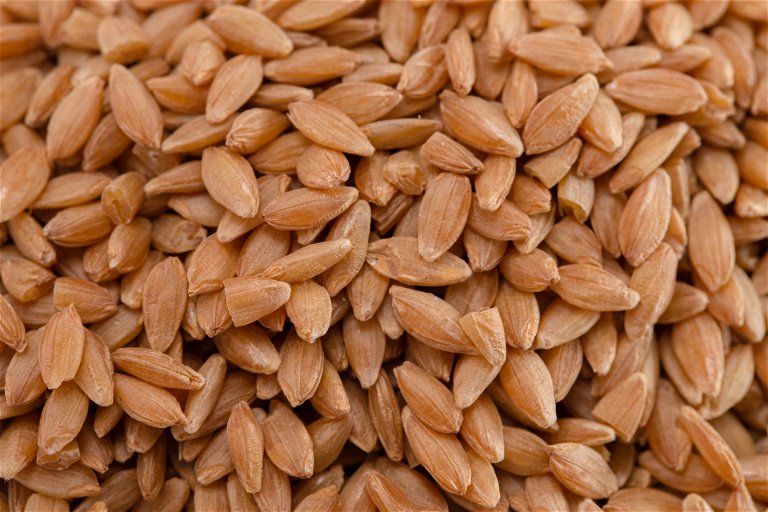
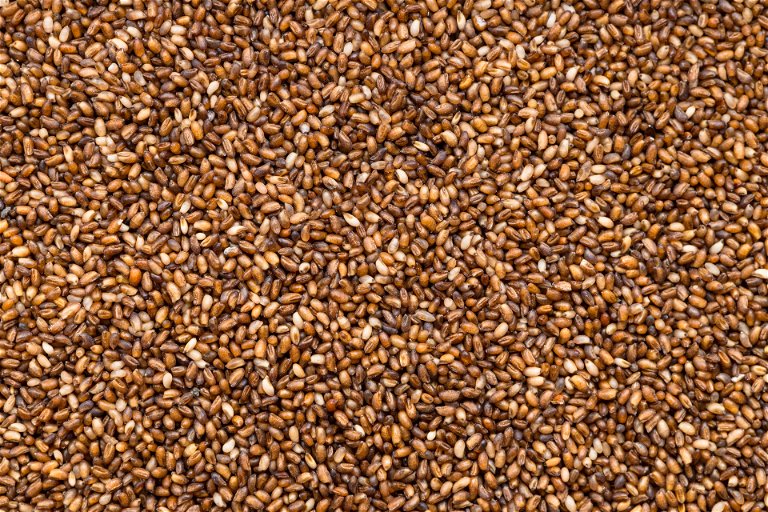
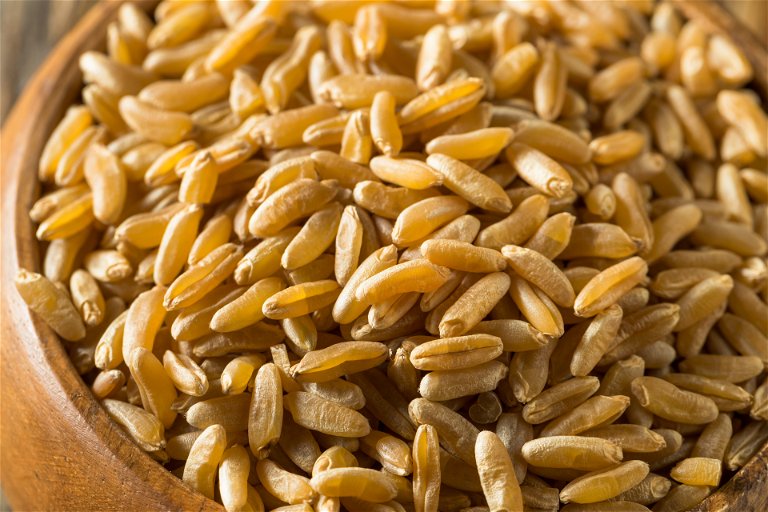
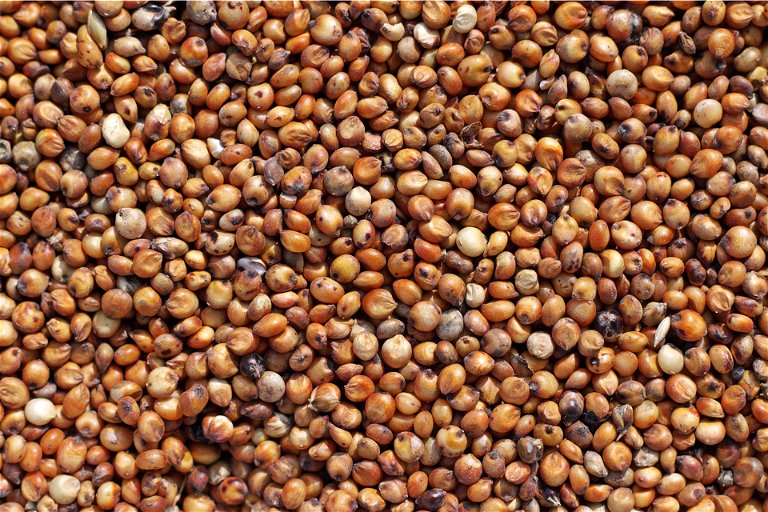
Fonio
Fonio has been grown in West Africa for over 5,000 years. It is the stuff of legend. The Dogon people of Mali believed the entire universe was born out of a single fonio grain which is why it is known as ‘the seed of the universe.’ Naturally gluten-free, it is rich in iron, zinc, phosphorus and vitamins B1 and B3. Fonio is prized for its distinctive, gently earthy and nutty flavour and seen as a cross between couscous and quinoa in both appearance and texture. It grows in profusion even in challenging terrain, so there isn't the same concern about creating indigenous shortages as there is with quinoa. In Africa, many people who suffer from diabetes substitute fonio for rice. It is also lower in calories than rice, pasta, couscous and quinoa.
Fonio can either be soaked in boiling water like couscous. The golden ratio is 1 part fonio to 2 parts liquid cooked for just 2 minutes and spices and vegetables added after cooking. It is used extensively in fresh salads with tomatoes, peppers, spring onions and green herbs, or in a vegetable or peanut stew, and can be used in risotto and porridge too.


